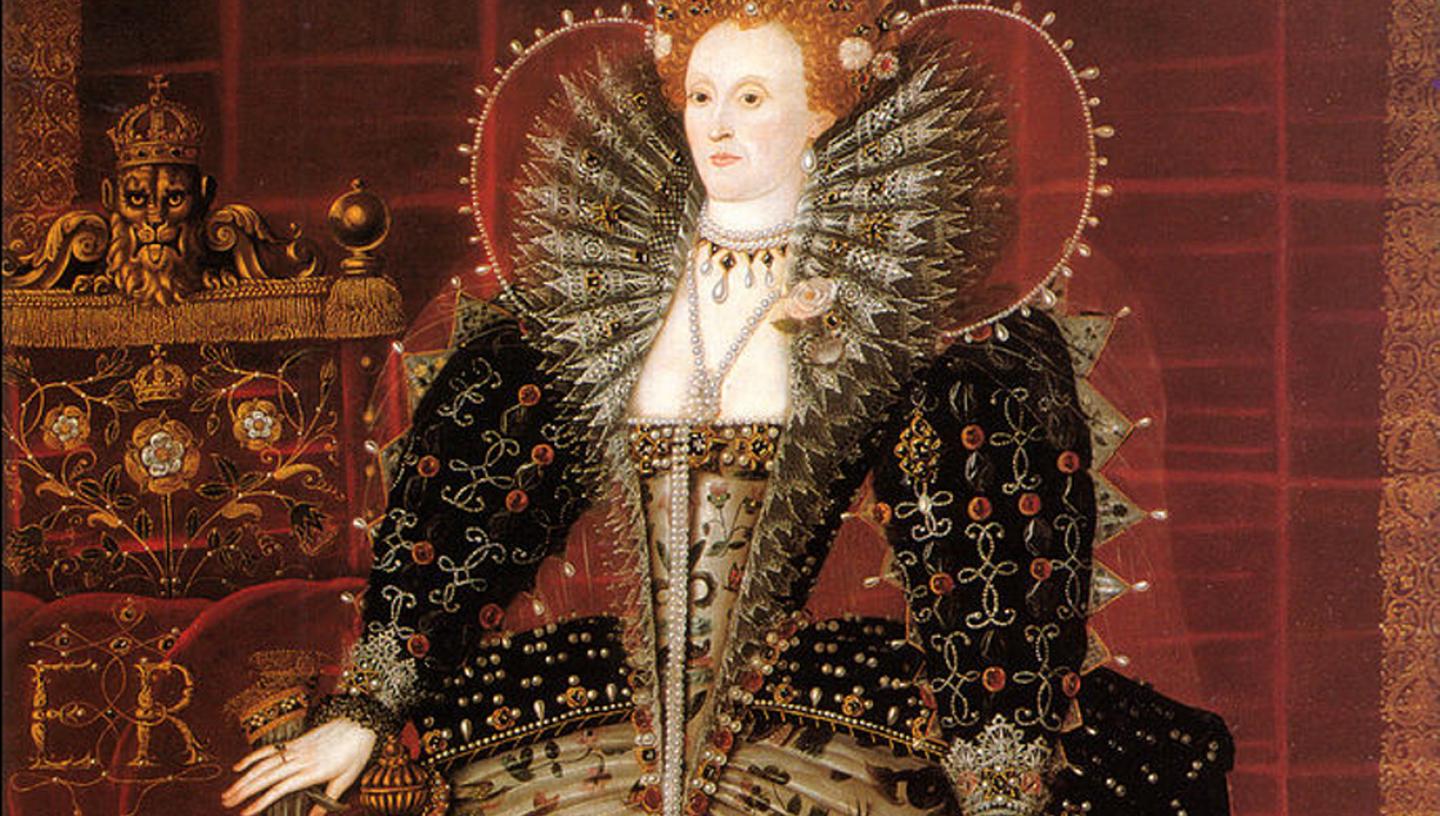
Queen Elizabeth I
One of England's most-famous monarchs, Queen Elizabeth I (1533-1603) rebuilt England’s standing in the world.
Elizabeth I came to the throne on the death of her half-sister, Mary I, on 17 November 1558. At this time England was a small European nation on the periphery of world power. England's only overseas territory, Calais, had been lost by Mary in 1558 and the New World had been divided up between Spain and Portugal by the Pope (1493). By the end of Elizabeth's reign, England had become a force to contend with and the seeds of Empire had been sown.
Turning the tide of England’s standing in the world
The England that Elizabeth inherited was on the verge of bankruptcy. The country was at war with itself and others, and had little international standing.
Elizabeth's immediate challenge was to reassure her subjects and re-establish the credibility of the Tudor monarchy at home and abroad. She needed to build a strong and loyal base through domestic security and prosperity. This involved reinstating the Reformation, building a Church of England that was neither Catholic nor extreme Protestant, and reinvigorating the nations economy.
When she died in 1603, England was a comparatively stable country, with an expanding economy, power on the international stage and on the verge of acquiring an empire. That she succeeded is attested to by the achievements listed on her tomb, religious settlement, maintenance of peace and re-coinage. The Elizabethan era is now referred to in history as a 'Golden Age'.
One of England’s most-respected rulers
Elizabeth reigned for 44 years, navigating her way through the murky waters of a nation divided by religious strife, surviving numerous threats to her power from within and to the nation's independence from without. She did not just survive but thrived and, in a man's world, became one of the most-celebrated and respected female rulers of all time.
Using our collections for research
The collections at Royal Museums Greenwich offer a world-class resource for researching maritime history, astronomy and time.